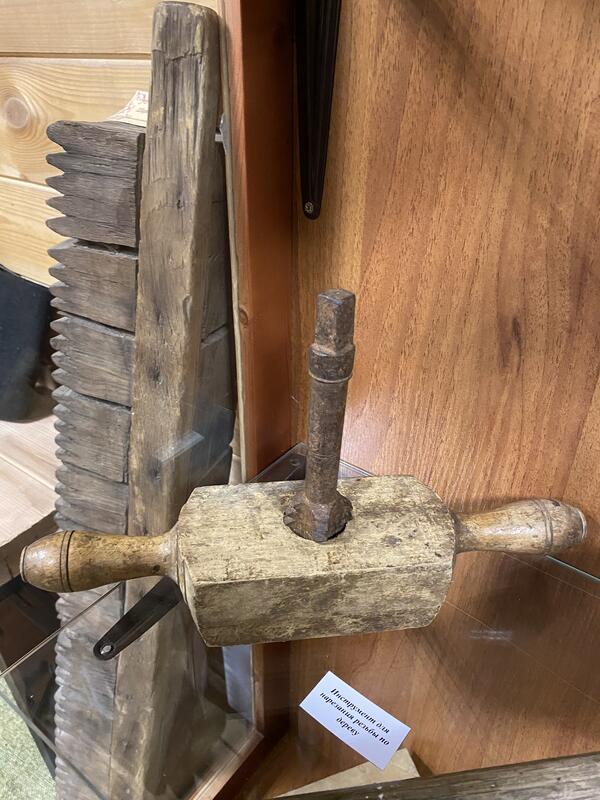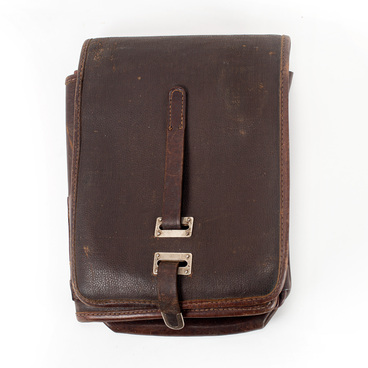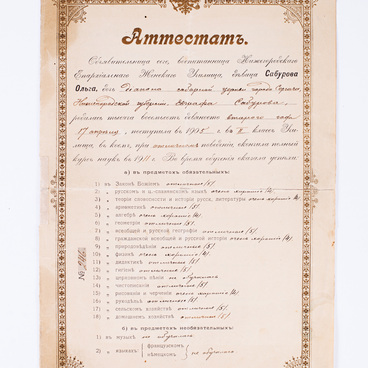Wood is one of the most common materials in Russian culture. For pagans, the oak tree was a symbol of Rod, the Slavic creator of the world and progenitor of the gods. The tree was considered a metaphor for the structure of the world: the roots, trunk and crown represented the underground, earthly and heavenly realms. Trees were divided into male and female: the former had branches growing upwards, the latter — to the sides. The Slavs believed that every tree had a soul, and it helped a person to get healed or calm down.
Forests covered more than half of the territory of Russia, so wood was the main natural material — the most accessible and suitable for processing. It was used to make houses, sledges and boats, children’s cradles and toys, bowls and spoons, distaffs and spindles, ploughs and harrows. Pine, spruce, larch, birch, oak and maple were used most often.
The wood was used to carve figures of animals, birds, various amulets and talismans. Slavic writing originated on wood bark: the first birch-bark manuscripts of Old Rus, written with bone quills, appeared in the 11th century and are still preserved today. Birch-bark tableware — boxes and baskets — were decorated with a multilayered carved patterns with floral, animal and Byzantine ornaments. In Russia the herbal patterns, or “fryazhskie” herbs, borrowed from Italy became popular.
Carving is one of the oldest types of decorative art, in Rus it was called carved work. The patterns themselves were called “oznamenki”, “vyzorochye” and “Russian uzoroshye”. The origins of carving and painting on wood in Rus date back to the art of the Eastern Slavs, as well as to the traditions of the German Gothic carving of the 17th century.
Russian craftsmen adopted a number of tools from Germany and learned how to use them. Today the most common of these are U-shaped, V-shaped and mortise gouges, as well as curved chisels and cutters. Before that, Russian craftsmen had used only axes and knives, creating unique and exquisite pieces of work. Today, electric machines with various nozzles are used for woodcarving.
There are several woodcarving techniques: sculptural, openwork, contour, geometric, relief and oriental. They are used to decorate icons and paintings, houses and furniture, tableware and figurines. One of the most prominent examples of ancient Russian carving is the Tsar’s Throne in the Assumption Cathedral in Moscow.
Forests covered more than half of the territory of Russia, so wood was the main natural material — the most accessible and suitable for processing. It was used to make houses, sledges and boats, children’s cradles and toys, bowls and spoons, distaffs and spindles, ploughs and harrows. Pine, spruce, larch, birch, oak and maple were used most often.
The wood was used to carve figures of animals, birds, various amulets and talismans. Slavic writing originated on wood bark: the first birch-bark manuscripts of Old Rus, written with bone quills, appeared in the 11th century and are still preserved today. Birch-bark tableware — boxes and baskets — were decorated with a multilayered carved patterns with floral, animal and Byzantine ornaments. In Russia the herbal patterns, or “fryazhskie” herbs, borrowed from Italy became popular.
Carving is one of the oldest types of decorative art, in Rus it was called carved work. The patterns themselves were called “oznamenki”, “vyzorochye” and “Russian uzoroshye”. The origins of carving and painting on wood in Rus date back to the art of the Eastern Slavs, as well as to the traditions of the German Gothic carving of the 17th century.
Russian craftsmen adopted a number of tools from Germany and learned how to use them. Today the most common of these are U-shaped, V-shaped and mortise gouges, as well as curved chisels and cutters. Before that, Russian craftsmen had used only axes and knives, creating unique and exquisite pieces of work. Today, electric machines with various nozzles are used for woodcarving.
There are several woodcarving techniques: sculptural, openwork, contour, geometric, relief and oriental. They are used to decorate icons and paintings, houses and furniture, tableware and figurines. One of the most prominent examples of ancient Russian carving is the Tsar’s Throne in the Assumption Cathedral in Moscow.




